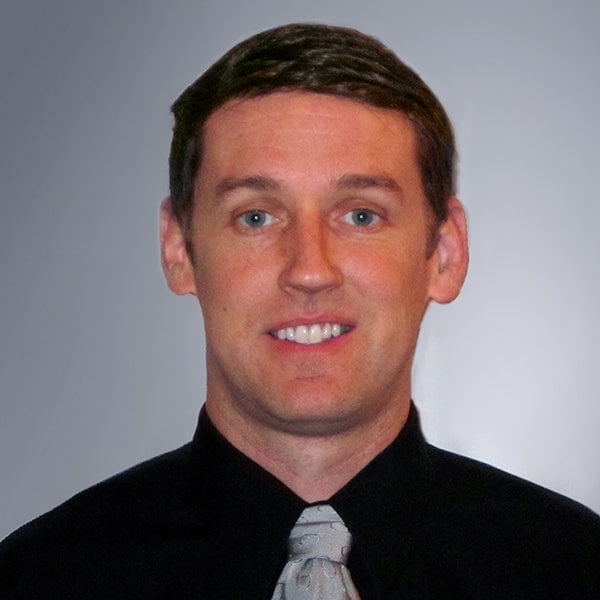Have you ever wondered: What is it like being a vestibular audiologist? What do vestibular audiologists do on a daily basis? What responsibilities do vestibular audiologists have?
Troy Hale, AuD, FAAA, a vestibular audiologist, recently shared his day-to-day and primary responsibilities with the Student Academy of Audiology (SAA) public outreach committee. Dr. Hale is in charge of the vestibular lab at Barrow Neurological Institute / St. Joseph’s Hospital and Medical Center in Phoenix, Arizona.
Check out what he had to say below.

“I’m in charge of the vestibular lab at Barrow Neurological Institute / St. Joseph’s Hospital and Medical Center in Phoenix, Arizona. Specifically, I work in the neurology and neurotology section where my primary job responsibility is to evaluate and treat patients with dizziness, vertigo, and balance disorders. As part of those duties, I routinely administer audiometry, videonystagmography (VNG), video head impulse test, rotational chair, vestibular evoked myogenic potential (VEMP), electrocochleography, auditory brainstem response (ABR), posturography, and perform canalith repositioning maneuvers for benign positional vertigo.
A typical day includes working with six to eight patient appointments, adolescents to adult ages, but with a greater preponderance of the latter. Some of these patients are individuals with acute dizziness or balance dysfunction who require triage, counseling, and short-term symptom management while others have more chronic complaints or who have been passed on from other providers without a diagnosis. My assessment helps guide our healthcare team toward the best treatment plan and outcome for each patient.
Because we are also a teaching facility, I’m often tasked with mentoring students from a variety of health disciplines including neurology residents, audiology, and physical therapy students. I also participate as part of our research team with a couple of ongoing studies related to deep brain stimulation in individuals with Parkinson’s Disease.
My job is very fulfilling, I’m constantly learning and I can’t imagine myself doing anything else.”
Interested in Vestibular Audiology?
The SAA and American Academy of Audiology have a wealth of information and resources to help you on your journey to working in vestibular audiology or becoming a vestibular audiologist. This includes blogs, externship materials and real-time listings, and further information regarding vestibular patients.
- Becoming a Pediatric Vestibular Audiologist: Melissa Caine, AuD
- Becoming a Balance Audiologist: Jamie Bogle, AuD, PhD
- Pathways to Audiology: Dr. Whitney Lyle
- Become an Audiologist
- Externship Resources
- Blogs on the Externship Experience
- Compensation and Benefits Survey
- Real-Time Externship Listings on HEARCareers
- The Dizzy Patient Series
Related Posts
Pathways to Audiology: Sarah Jones, AuD
Welcome to the national Student Academy of Audiology (SAA) Pathways to Audiology Interview Series! While many audiologists come from a Communication Science Disorders (CSD) background, others have taken different pathways to the field. In this series, the national SAA will interview both audiologists and AuD students who have or are taking non-traditional routes into the profession…
Pathways to Audiology: Alexander Morris, AuD
Welcome to the national Student Academy of Audiology (SAA) Pathways to Audiology Interview Series! While many audiologists come from a Communication Science Disorders (CSD) background, others have taken different pathways to the field. In this series, the national SAA will interview both audiologists and AuD students who have or are taking non-traditional routes into the profession…
Pathways to Audiology: Batoul Berri, AuD
Welcome to the national Student Academy of Audiology (SAA) Pathways to Audiology Interview Series! While many audiologists come from a Communication Science Disorders (CSD) background, others have taken different pathways to the field. In this series, the national SAA will interview both audiologists and AuD students who have or are taking non-traditional routes into the profession…


